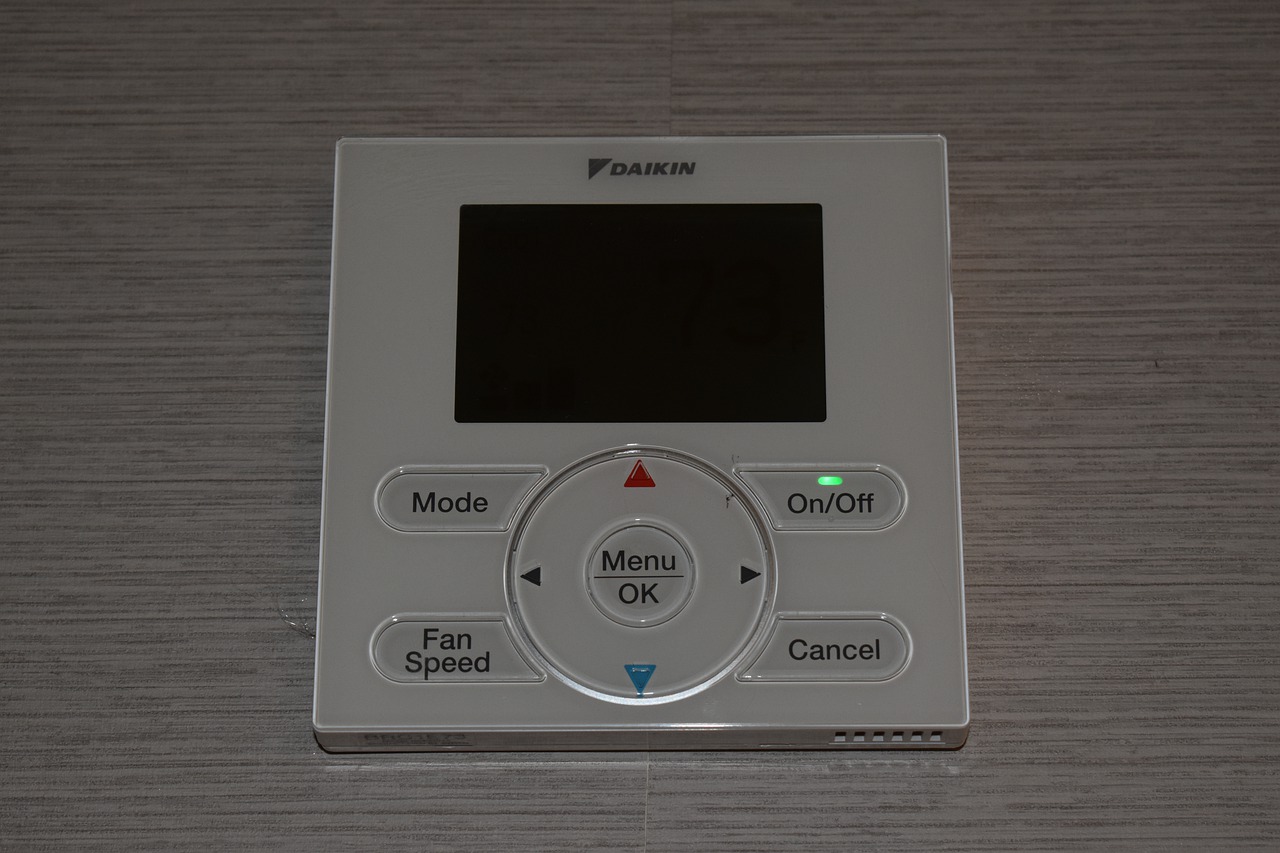As any homeowner knows, it’s crucial to maintain your home. The goal is to use the most efficient way possible that will save you money in energy costs without sacrificing comfort or convenience.
You know that humidity control makes sense for many reasons: “Storing grains and other foodstuffs requires low moisture content.” What you may not be aware of is the fact that maintaining a proper humidity level in your home can prevent mold growth, which can put you at risk for respiratory ailments. You’ll also be saving on your heating bill by controlling humidity levels in your house.
But do you need an expensive dehumidifier? What about installing special ventilation equipment? There are lots of different ways to lower humidity – the key is to use the methods that are most cost-effective. This article has some great tips on how to lower your home humidity!
1. Invest in a dehumidifier:
An evaporative swamp cooler is an easy and inexpensive way to reduce humidity in your home, allowing you to use your air conditioning less often without compromising comfort. Dehumidifiers help to drop the relative humidity (RH) level by using condensers that convert water vapor into liquid, which can then be drained away. While dehumidifiers tend to cost more than swamp coolers, they are extremely efficient at removing moisture from the air, are typically able to lower RH levels significantly, but are only available for use on cold days when temperatures are below 40 F.
- Invest in a ventilation system:
Adding an energy-efficient ventilation system can help you maintain proper humidity levels without the use of swamp coolers or dehumidifiers. While these ventilation systems may cost more than swamp coolers, they work on all days of the year and consist of an exterior fan that draws in air from the outside. This heated or cooled air is then redistributed evenly throughout your home, either through existing ducts or new construction. Energy-efficient fans use only about 200 watts of power, which is equivalent to running a few light bulbs.
3. Thoroughly clean your AC filters:
According to the EPA and Newport News, dirty or clogged air conditioning filters can add significantly to the humidity in your home by reducing airflow. This is because well-maintained cooling systems should be able to remove large quantities of indoor moisture when they run. When heating and cooling systems are poorly maintained, these same contaminants build up on the coils and decrease system efficiency, which means it has to work harder (run for longer periods of time and at higher settings) and will release even more humidity into your home than normal, putting you at risk for respiratory issues if not properly filtered.
4. Prevent water leaks:
Water can trigger serious mold growth if it’s not properly contained, so promptly correct any indoor or outdoor leaks. According to Newport News, keeping gutters free of debris that may block the flow of rainwater away from your house is a great way to lower the moisture that comes as the root cause of humidity in your home. Reports from Poquoson and York County VA show that water leaks from any high-risk areas can be easily corrected to lower humidity in your home.
5. Have plants that absorb humidity:
Use plants to help control indoor humidity. While you might consider this step too obvious to mention, it’s highly effective at maintaining a healthy RH level in your home. According to Poquoson and York County VA good choices of plants that absorb humidity include rubber trees, ferns, palms, and succulents.
Conclusion:
Lowering home humidity is a great way to keep your air conditioning bill down while avoiding mold growth and respiratory issues. With a little bit of effort, you can easily control humidity levels in your home with these easy tips! Contact Atlantic PHAC in Hampton, VA to keep your home cool!
